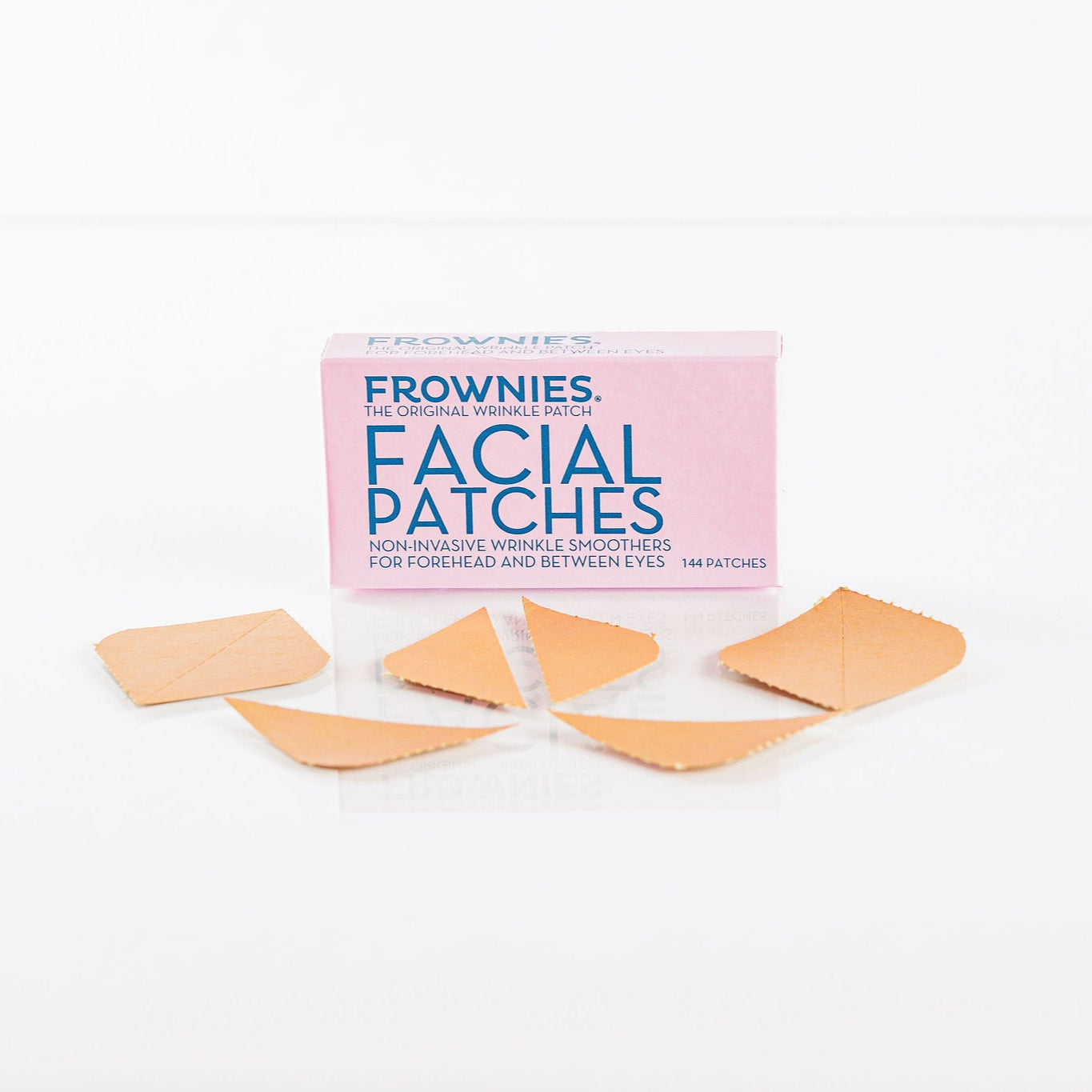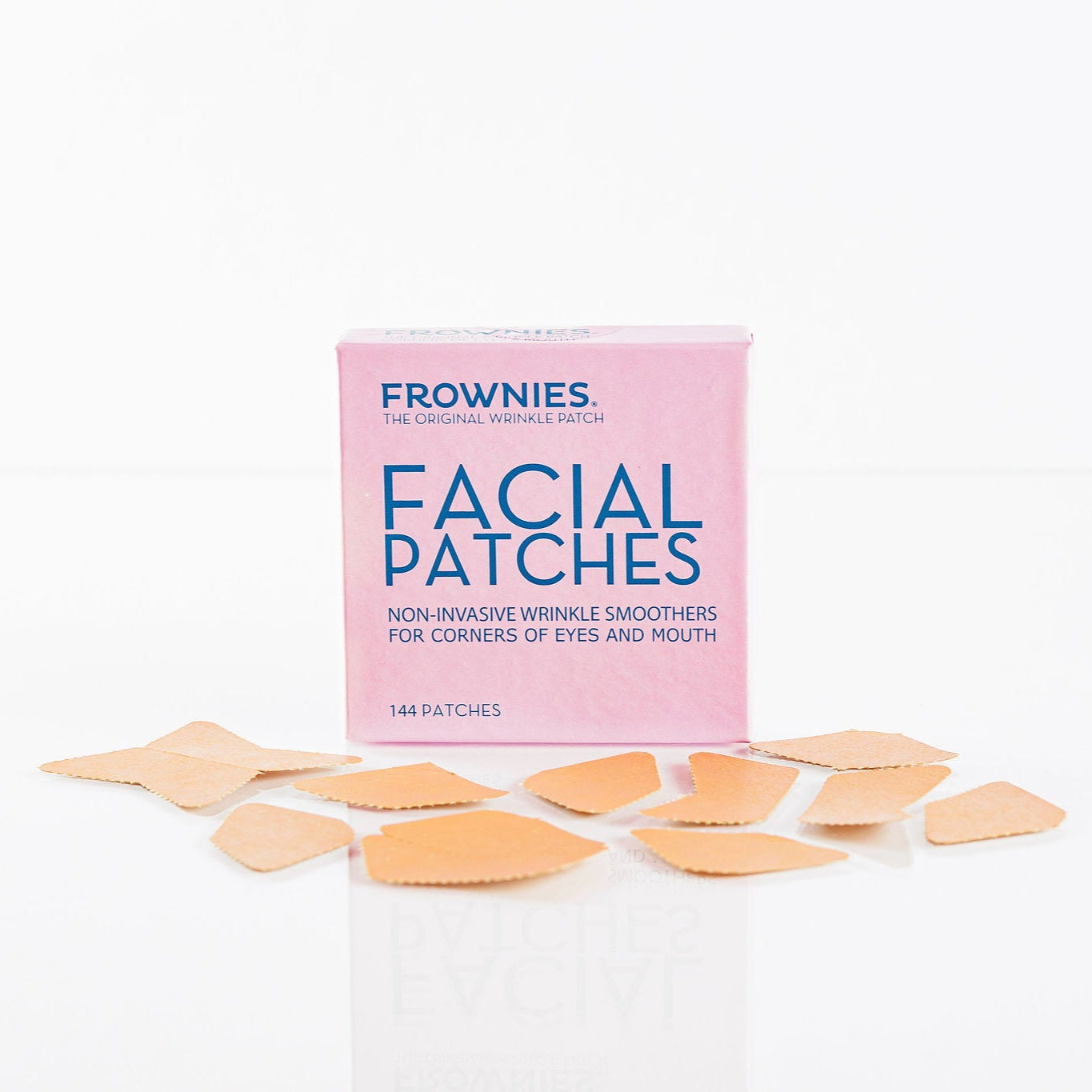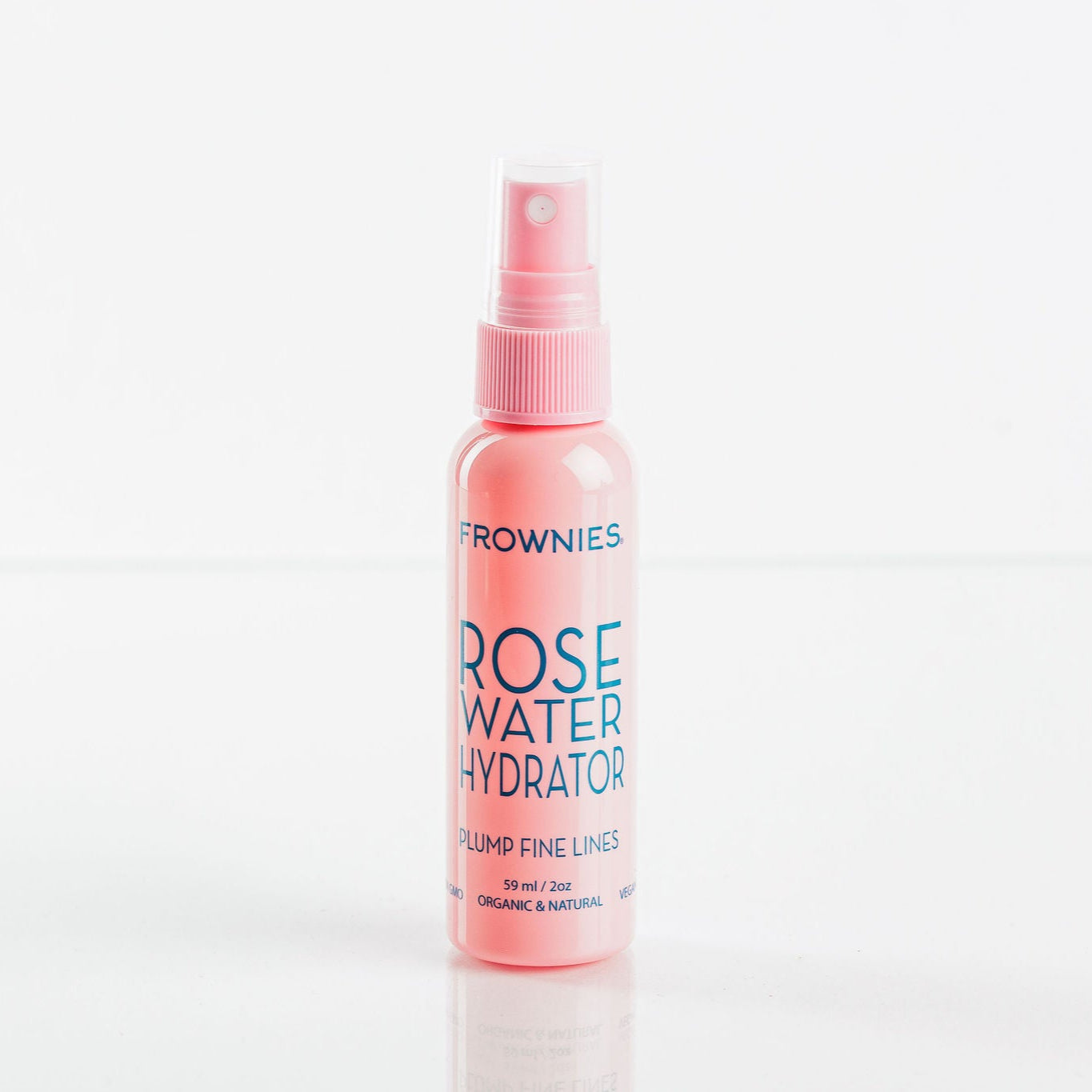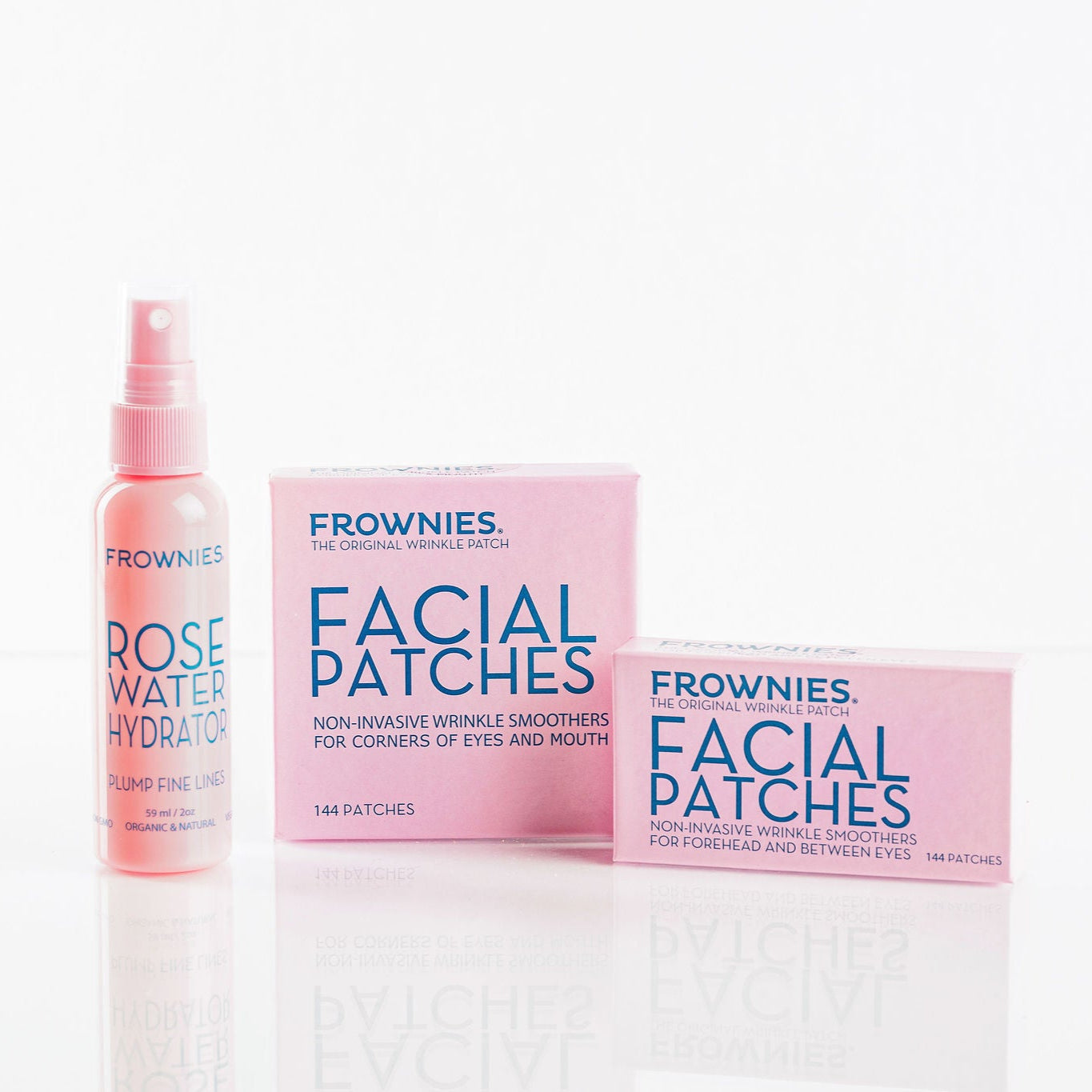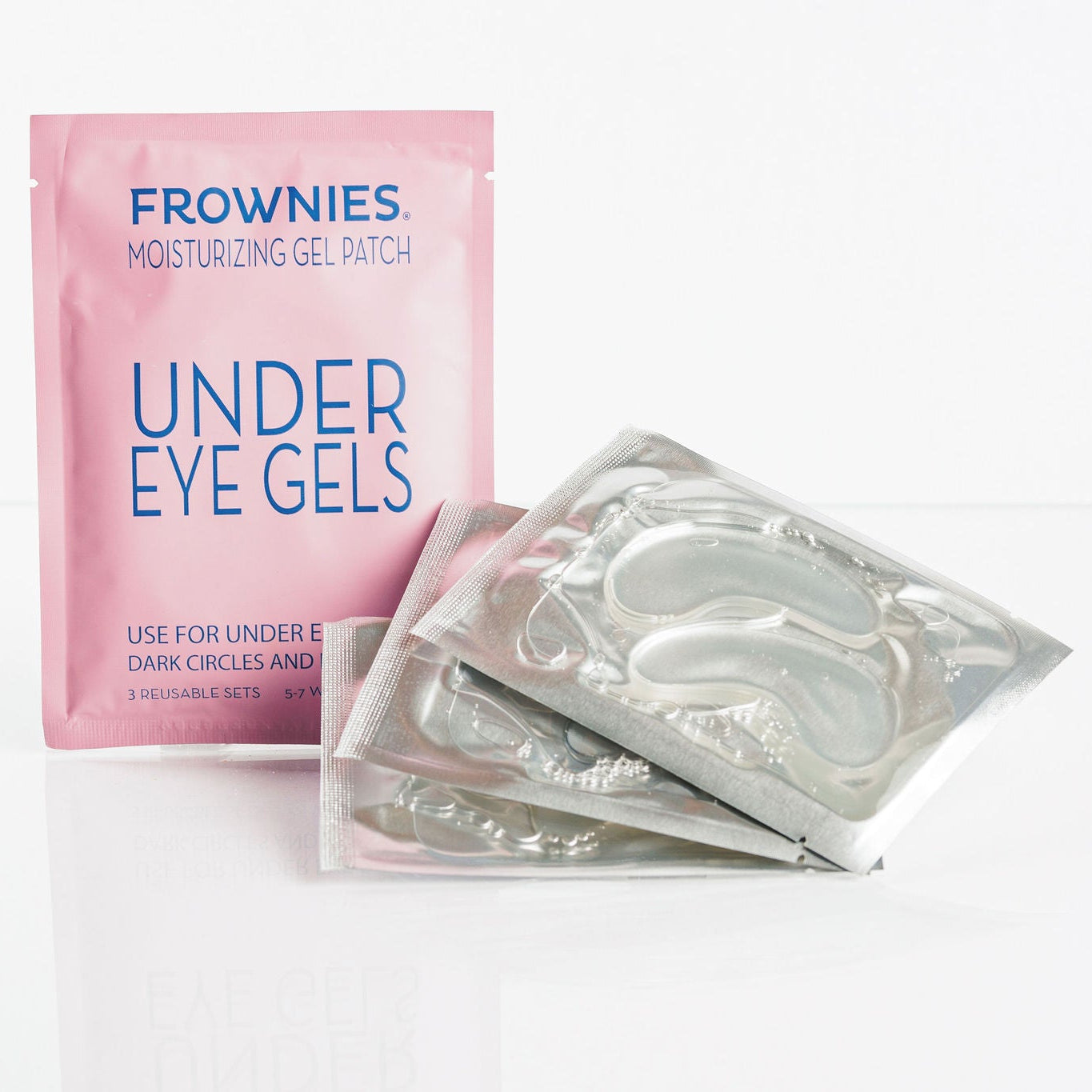
Check your skin regularly for new moles that are tender or growing,then ask your primary care doctor how often you should see a dermatologist.
The best defense against getting too much ultraviolet radiation is a combination of protective clothing, shade, Frownies Aloe Gel and good timing. We want some sun so how do we find the balance?
Don’t get burned. Stay out for about 20 minutes the go inside and check to see if your red, or sore. the last thing you want is blistered or peeling skin and that happens with too much sun – and it raises your skin cancer risk. Use Frownies Aloe Gel after sun exposure to cool off any over exposure.
Cover up. After some good safe exposure add shirts, hats, shorts and pants because they provide the best protection from UV rays – and they don’t coat your skin with any unnecessary chemicals. Apply a good moisturizer with aloe like Frownies Body Lotion or Moisturizer Face and Neck for a hydrating treatment now with zinc oxide for sun blocking benifits.
Find shade – or make shade. Take your out of doors meal or meditation under a tree, read beneath an umbrella or take a canopy with you to the beach. Keep infants in the shade from the start of the day – they lack the tanning pigments, that protect skin.
Plan around the peak sun. Sit outdoors in early morning or late afternoon, when the sun is lower. UV radiation peaks at midday so stay in the shade mid day.
Sunglasses aren’t just a fashion accessory. Good shades protect your eyes from UV radiation that causes cataracts.
Now put on sunscreen
Some sunscreens prevent sunburn but may contain harmful ingredients that cause skin damage. Make sure yours offers broad spectrum protection google the active ingredients to see if you want them on your skin. Frownies Body Lotion and Moisturizer Face and Neck now contain zinc oxide to support a mild block. Apply regularly if out in the sun longer periods of time.
Don’t just go for high SPF labels. Anything higher than SPF 50+ can tempt you to stay in the sun too long. Even if you don’t burn, your skin may get damaged. Pick a sunscreen with an SPF between 15 and 50+. Choose a product based on your own skin coloration, anticipated time outside, shade and cloud cover. Reapply often if you are out in the sun longer. This is why you want to be sure of your active ingredients. I like zinc oxide or titanium dioxide they are considered mineral (or physical) sunscreens. Unlike their chemical counterparts that work by absorbing the sun's harmful rays, these mineral sunscreens that protect you from the sun by sitting on top of skin and physically blocking harmful rays. There are conflicting conversations about titanium dioxide but zinc oxide has always been generally considered safe.
Avoid sunscreen with vitamin A. Eating vitamin A-laden vegetables is good for you, but spreading vitamin A on your skin may not be. Government data show that tumors and lesions develop sooner on skin coated with creams laced with vitamin A, also called retinyl palmitate or retinol. Avoid any skin or lip product whose label includes retinyl palmitate, retinol or vitamin A.
I Avoid oxybenzone, a synthetic estrogen that penetrates the skin and can disrupt the hormone system. Look for products with zinc oxide, 3 percent avobenzone or Mexoryl SX. They protect skin from harmful UVA radiation. I have added zinc oxide to my Frownies body lotion and Moisturizer to make my own to prevent the ingredients I want to avoid ingredients and keep the benefits of whole oat oil rich in vitamin E another natural sunblock and skin conditioner.
Don’t combine sunscreen with repellent. If you need bug repellent, buy it separately and apply it first.
Reapply cream often. Sunscreen chemicals sometimes degrade in the sun, wash off or rub off on towels and clothing.
Got your vitamin D? Many people don’t get enough vitamin D, a hormone manufactured by the skin in the presence of sunlight. Your doctor can test your level and recommend supplements if you are low in this vital nutrient.
Sun safety tips for kids
A few blistering sunburns in childhood can double a person’s lifetime chances of developing serious forms of skin cancer. The best form of sun protection is a hat and shirt. After that, protect kids with a sunscreen product that’s effective and safe.
Take these special precautions with infants and children:
Infants
Infants under 6 months should be kept out of direct sun as much as possible. Their skin is not yet protected by melanin. When you take your baby outside:
- Cover them up with protective clothing that’s tightly woven but loose fitting, and a sun hat.
- Make shade. Use the stroller’s canopy or hood. If you can’t sit in a shady spot, use an umbrella.
- Avoid midday sun. Take walks in the early morning or late afternoon.
- Follow product warnings for sunscreens on infants younger than 6 months old. Most manufacturers advise against using sunscreens on infants, or advise parents and caregivers to consult a doctor first. The American Academy of Pediatrics says that small amounts of sunscreen can be used on infants as a last resort when caretakers can’t find shade.
Toddlers and children
Sunscreens are an essential part of a day in the sun. But young children’s skin is especially sensitive to chemical allergens, as well as the sun’s UV rays.
- Test sunscreen by applying a small amount on the inside of your child’s wrist the day before you plan to use it. If an irritation or rash develops, try another product. Ask your child’s doctor to suggest a product less likely to irritate your child’s skin.
- Slop on sunscreen and reapply it often, especially if your child is playing in the water or sweating a lot.
Teens
Teenagers who covet bronzed skin are likely to sunbathe or patronize tanning salons, both of which are a bad idea. Researchers believe that increasing UV exposure may have caused the marked increase in melanoma incidence noted among women born after 1965. Tanning parlors expose the skin to as much as 15 times more UV radiation than the sun and contribute to the increase in melanoma rates.
Tan does not mean healthy.
